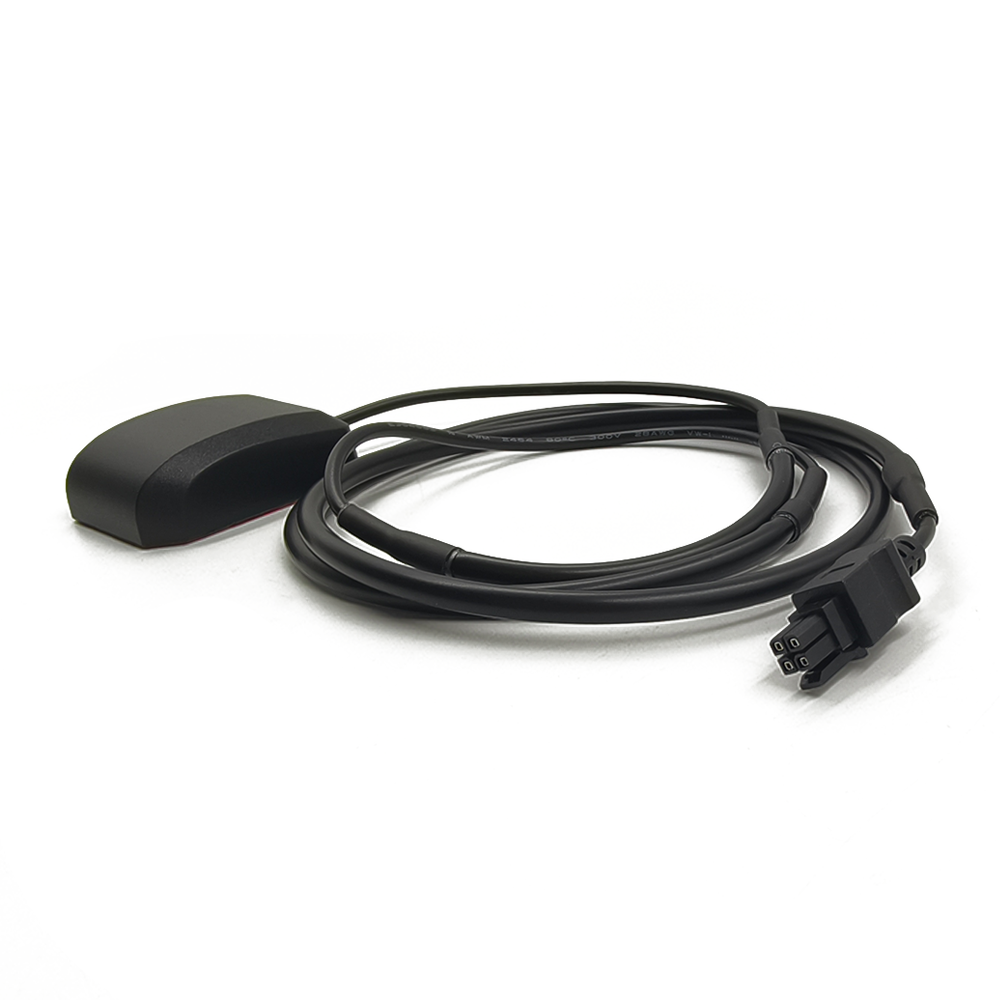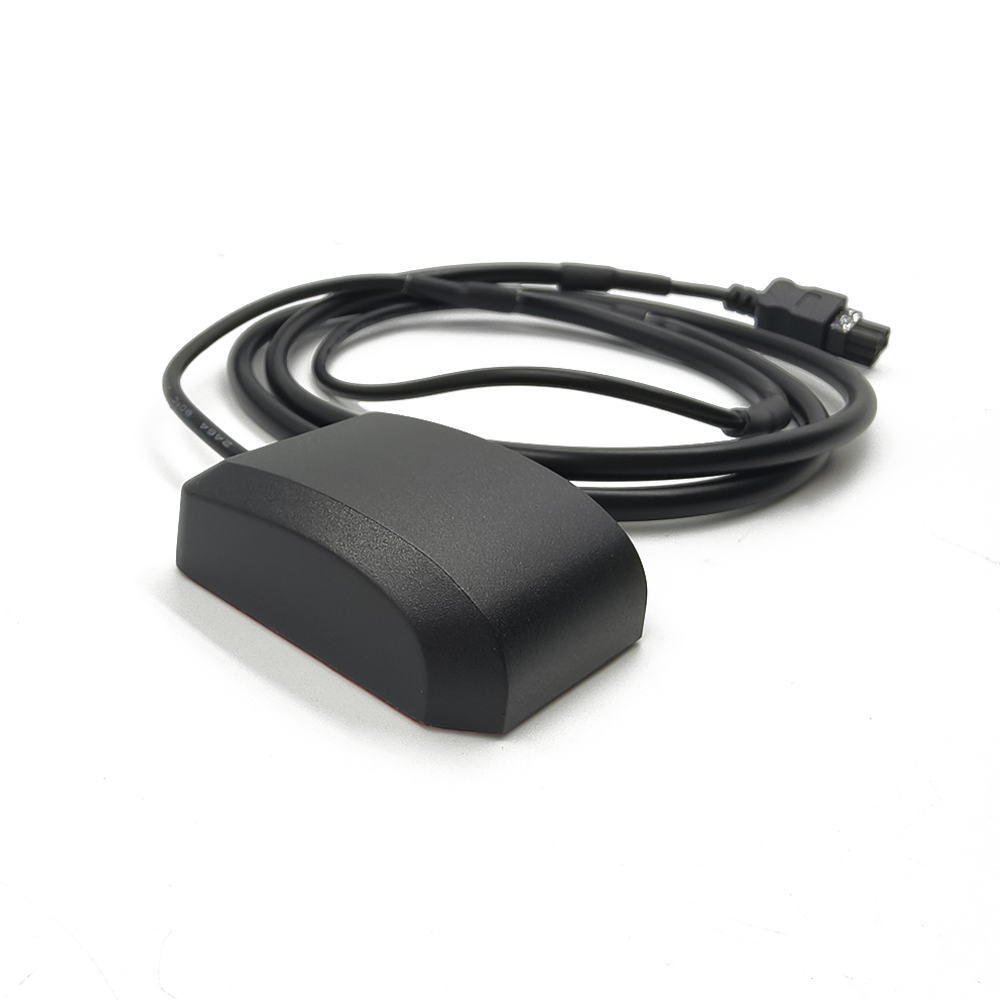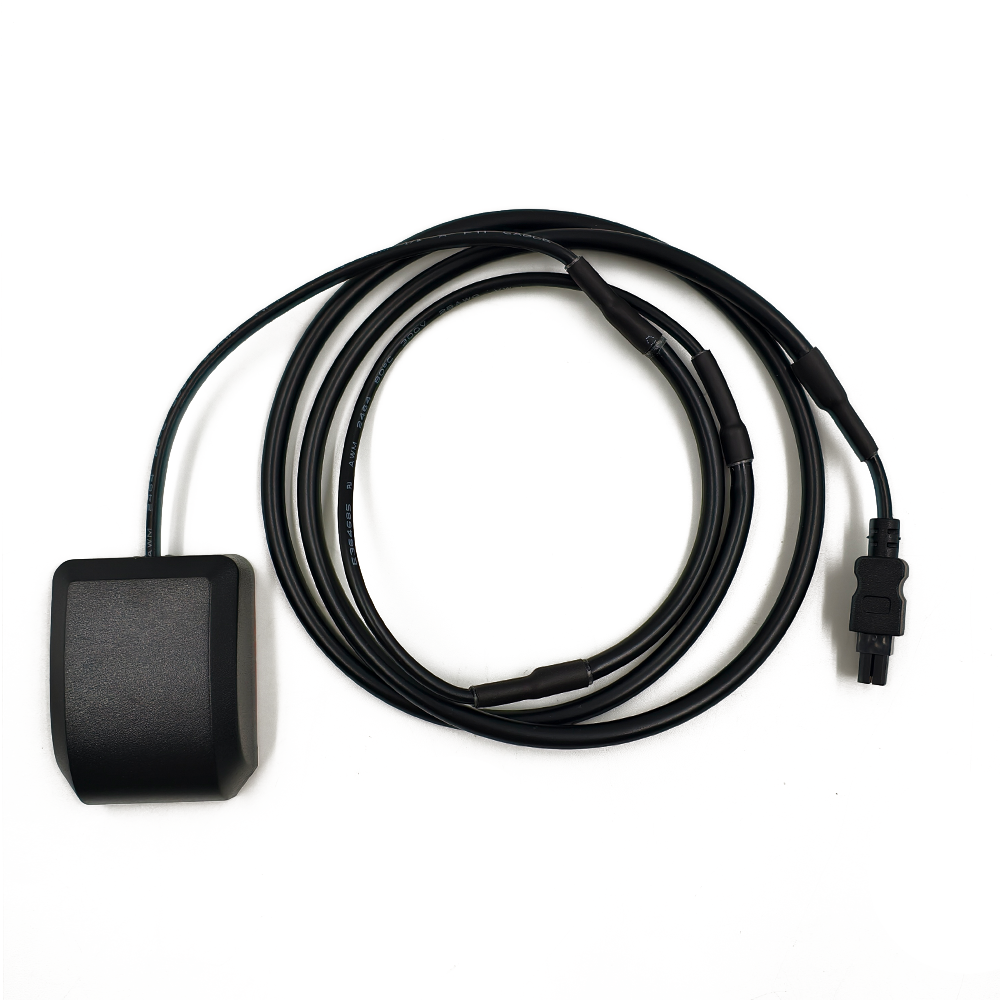The GNSS RTK external antenna is the cornerstone technology for any application demanding reliable, continuous, centimeter-level accuracy. Its use is pervasive across industries where precision is directly tied to efficiency, safety, and data quality. The future of this technology is not one of replacement but of evolution, driven by demands for better performance, deeper integration, and greater accessibility.
Core Applications:
Geodetic Surveying and Mapping: This is the traditional and most demanding application. Surveyors rely on external antennas for cadastral surveys, topographic mapping, construction layout, and establishing ground control points. The unmatched multipath rejection and phase stability are non-negotiable for this work.
Precision Agriculture: A massive and growing market. RTK-guided tractors, harvesters, and sprayers use external antennas mounted on the vehicle's roof to achieve 2-3 cm pass-to-pass accuracy. This enables auto-steering, variable rate application (VRA), and yield mapping, leading to massive reductions in input costs and increases in yield. The robustness to operate in field conditions is key.
Construction and Machine Control: Bulldozers, graders, and excavators are equipped with external antennas to guide their blades and buckets to the exact design grade automatically. This "dozer-in-a-box" technology improves efficiency, reduces material waste, and eliminates rework. The antenna must withstand the extreme vibration and dust of a construction site.
Scientific and Structural Monitoring: Used for monitoring tectonic plate movement, volcanic deformation, landslides, and the structural health of large dams, bridges, and skyscrapers. These applications often involve permanent installations where long-term phase stability and reliability are critical for detecting millimeter-level movements over years.
Unmanned Aerial Vehicles (UAVs) for Surveying: While the drone itself may use a smaller antenna, the base station that supports the aerial survey is always equipped with a high-quality external antenna. The accuracy of the photogrammetric or LiDAR map is directly dependent on the precision of the base station's position.
Marine and Hydrographic Survey: For precision dredging, port construction, and bathymetric mapping, vessels use external antennas to provide a precise reference point for the sonar and other sensors.
Future Trends:
Miniaturization of Advanced Features: There is a strong drive to incorporate the performance benefits of technologies like choke rings into smaller, lighter form factors. This involves new electromagnetic designs and the use of metamaterials to create artificial magnetic conductor (AMC) surfaces that mimic the behavior of choke rings without the bulk. This will benefit rover applications on vehicles and drones.
Tighter Integration with Inertial Navigation Systems (INS): The future of precise positioning is sensor fusion. We will see more products that package a multi-band RTK antenna with a tightly coupled tactical-grade IMU within a single, ruggedized housing. This provides continuous, precise positioning and orientation even during GNSS outages (e.g., under bridges, in tunnels, under tree cover), which is essential for autonomy.
Integrated Cellular and UHF Modems: To simplify system setup, some antenna manufacturers are beginning to integrate the correction data link (either cellular for NTRIP or UHF radio for direct reception) directly into the antenna housing. This reduces cabling and creates a more streamlined system.
Enhanced Calibration and "Smart" Antennas: Future antennas may include embedded sensors (e.g., temperature, tilt) to dynamically correct for phase center variations or detuning in real-time. The concept of a "smart antenna" that can characterize its own performance and report data quality metrics to the receiver is an area of research.
Focus on Multi-Frequency, Multi-Constellation Performance: As new signals from Galileo, BeiDou, and modernized GPS become available, antenna design will continue to evolve to provide optimal performance across an even wider bandwidth, ensuring access to all available signals for the fastest and most robust RTK solutions.
Cost Reduction for Broader Adoption: While premium geodetic antennas will always command a high price, advancements in manufacturing and design are making good-quality, multi-band external antennas more accessible. This will enable their use in new markets like autonomous last-mile delivery robots, advanced automotive ADAS, and higher-end UAVs.
The GNSS RTK external antenna will remain an essential sensor for the foreseeable future. Its evolution will be characterized by a push to make high-performance features more compact, more integrated with other sensors, and more intelligent, thereby solidifying its role as the foundation of the high-precision economy.
Conclusion
The GNSS RTK external antenna is far more than a simple accessory; it is the fundamental bedrock upon which the entire structure of high-precision, carrier-phase-based positioning is built. Its role is that of a precision instrument—a specialized data acquisition tool designed to capture the faintest of signals from space with uncompromising integrity and stability. In the relentless pursuit of centimeter-level accuracy, the external antenna addresses the most significant sources of error at their very source: the point of reception.
Its value proposition is clear and compelling. By virtue of its external placement and sophisticated design, it achieves what internal solutions cannot: superior multipath rejection, immunity to electronic noise, an optimal sky view, and most critically, exceptional phase center stability. These characteristics are not mere luxuries; they are non-negotiable prerequisites for the fast and reliable resolution of integer ambiguities and the maintenance of a robust fixed solution that defines successful RTK operation. It is the gatekeeper that ensures the raw data entering the receiver is of sufficient quality for the complex algorithms to perform their task.
However, this performance excellence comes with inherent trade-offs. The external antenna introduces cost, bulk, and system complexity. It requires careful handling, proper calibration, and a thoughtful approach to system integration. These factors rightly confine its use to professional, scientific, and industrial applications where the ROI is measured in gained accuracy, improved efficiency, and guaranteed data quality.
The future of the external antenna is not one of obsolescence but of continuous refinement. Trends point towards the miniaturization of advanced features like multipath rejection, deeper integration with inertial and communication systems, and the incorporation of intelligence to self-monitor performance. It will evolve from a standalone component into the central node of a multi-sensor, fused positioning system.
In conclusion, the GNSS RTK external antenna stands as a testament to the principle that excellence begins at the source. It acknowledges that no amount of digital signal processing can fully compensate for a poor-quality input signal. For surveyors laying the foundations of our infrastructure, for farmers optimizing the harvest that feeds the world, and for engineers guiding autonomous machines, the external antenna is the unsung hero—the quiet, stable, and reliable sentinel that ensures every centimeter of precision is earned and validated. It remains the indispensable, gold-standard solution for when accuracy truly matters.




































































 Language
Language
 En
En Cn
Cn Korean
Korean

 Home >
Home > 








 18665803017 (Macro)
18665803017 (Macro)













